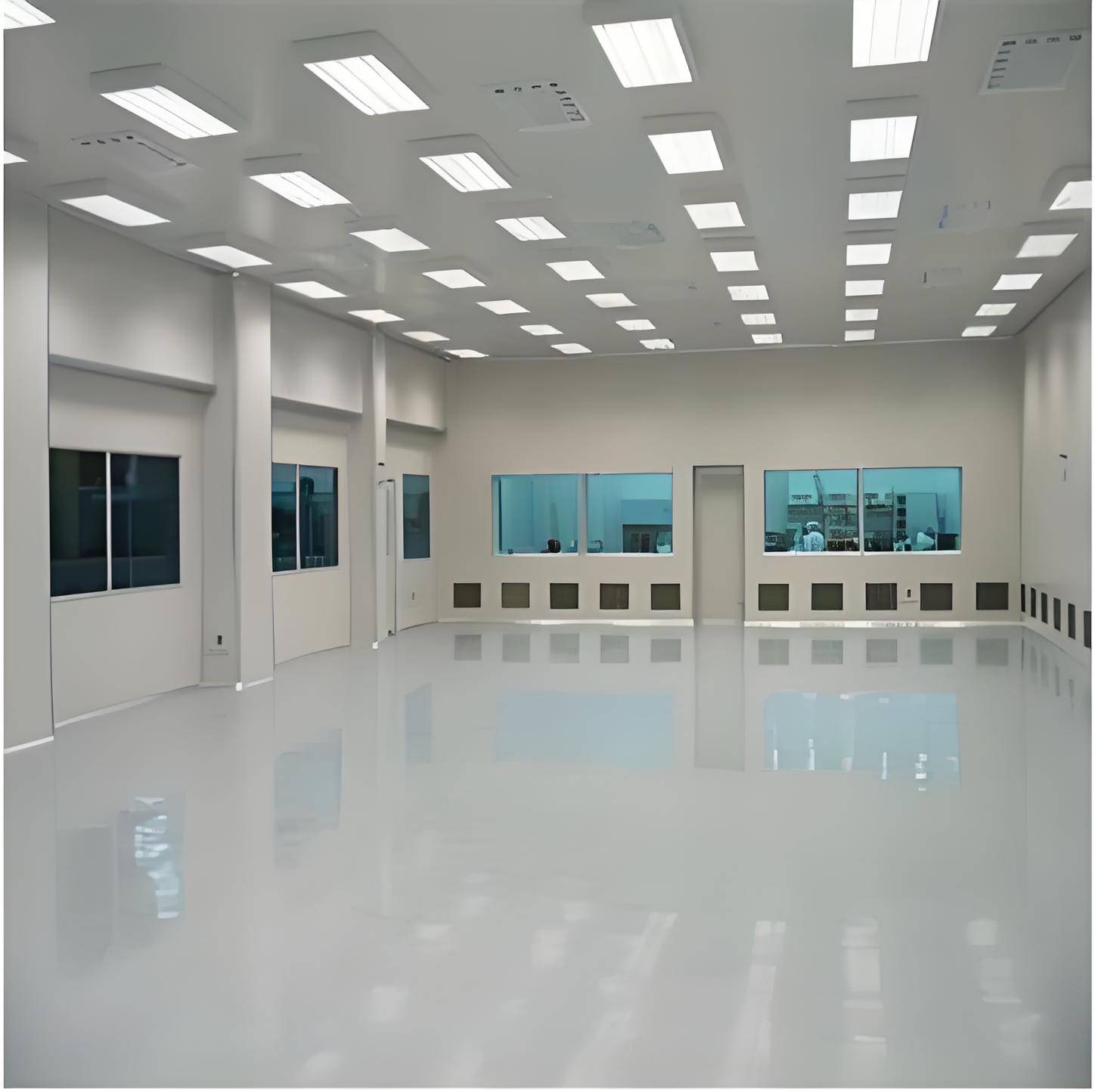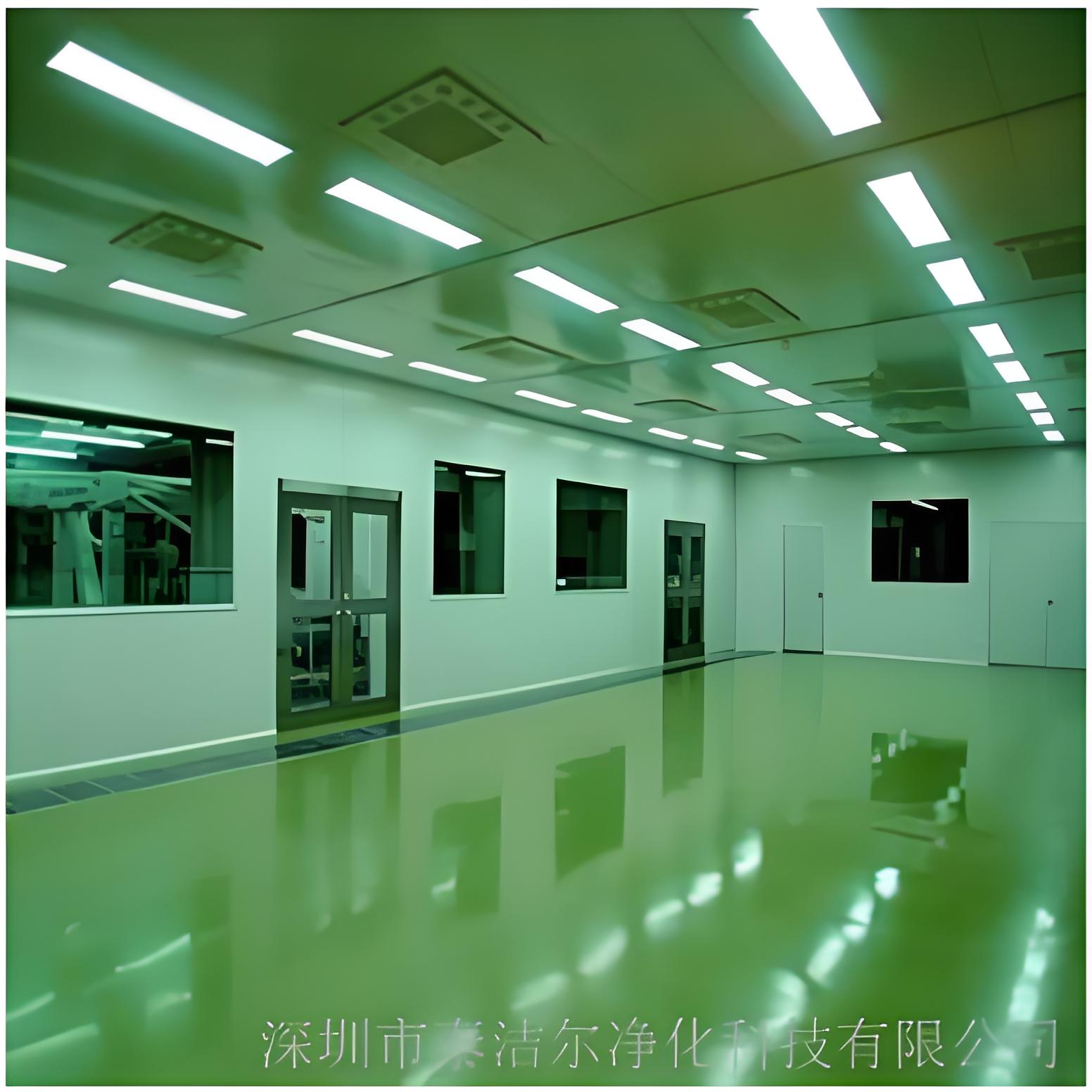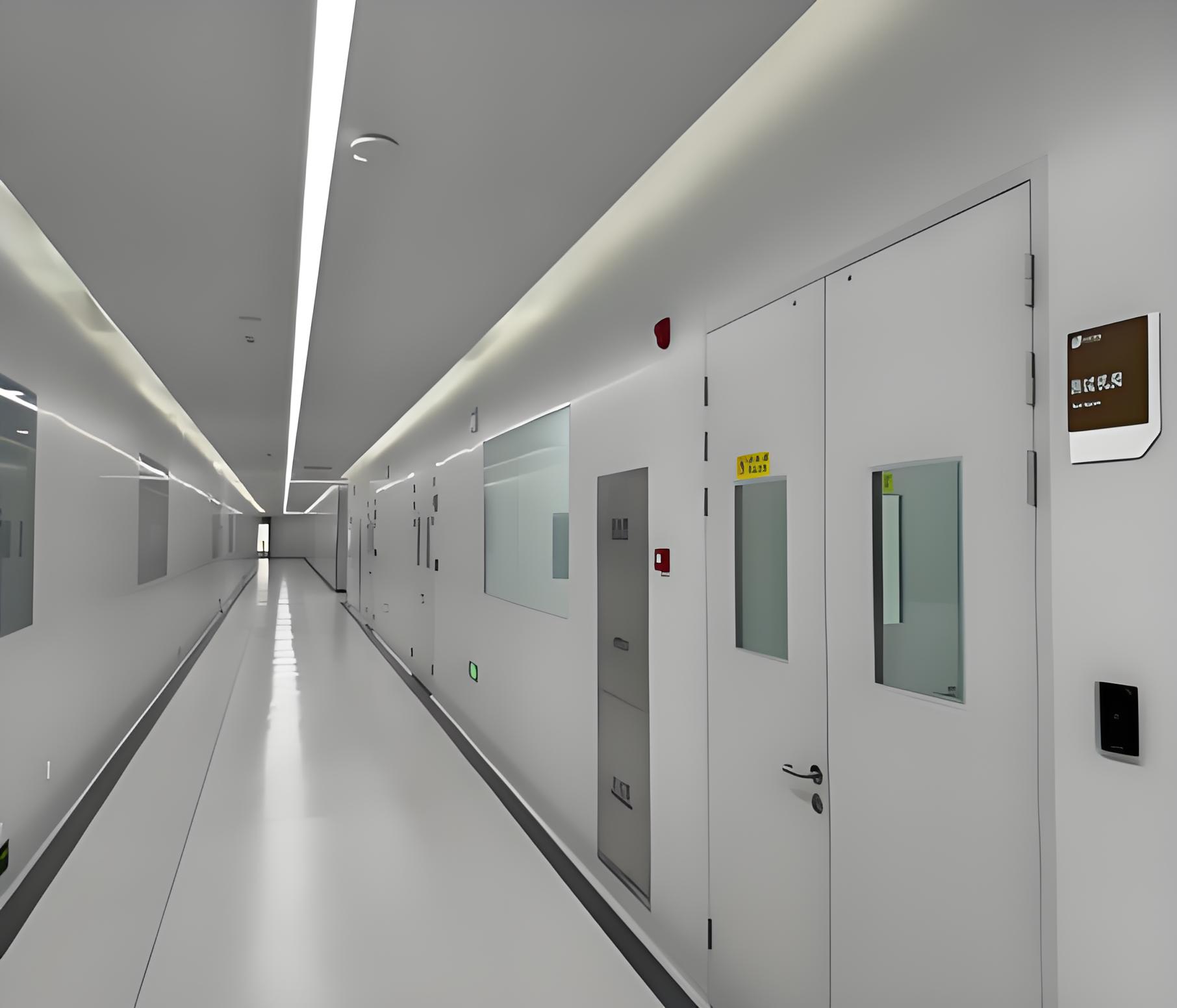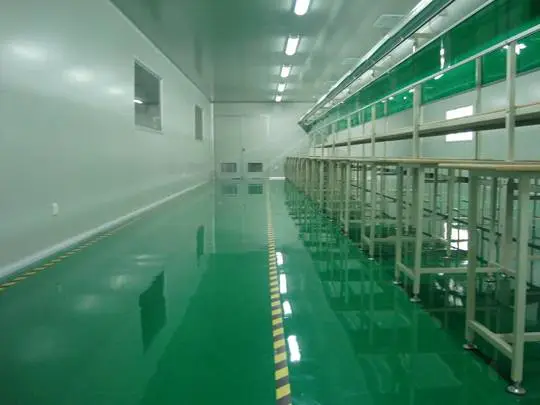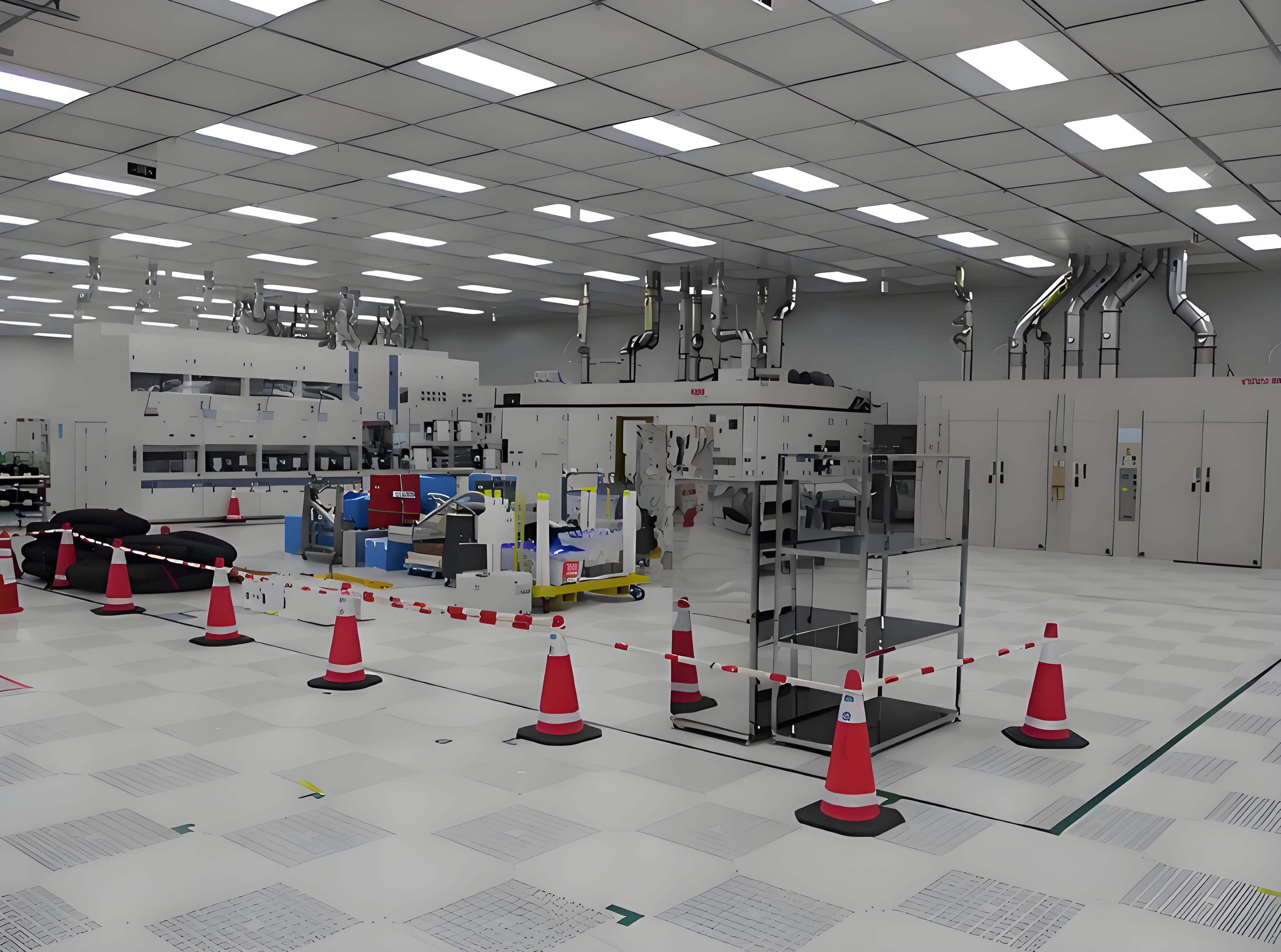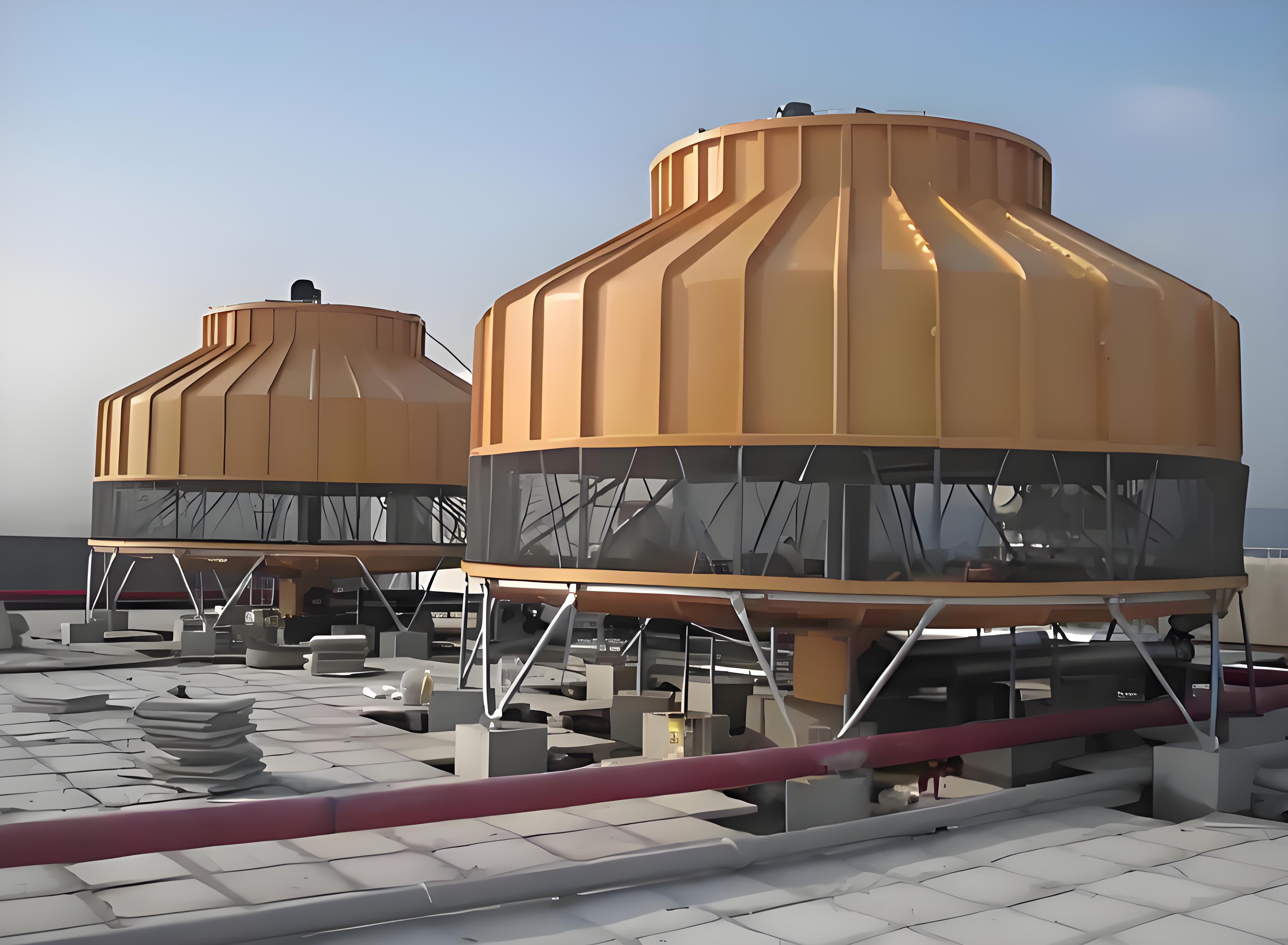
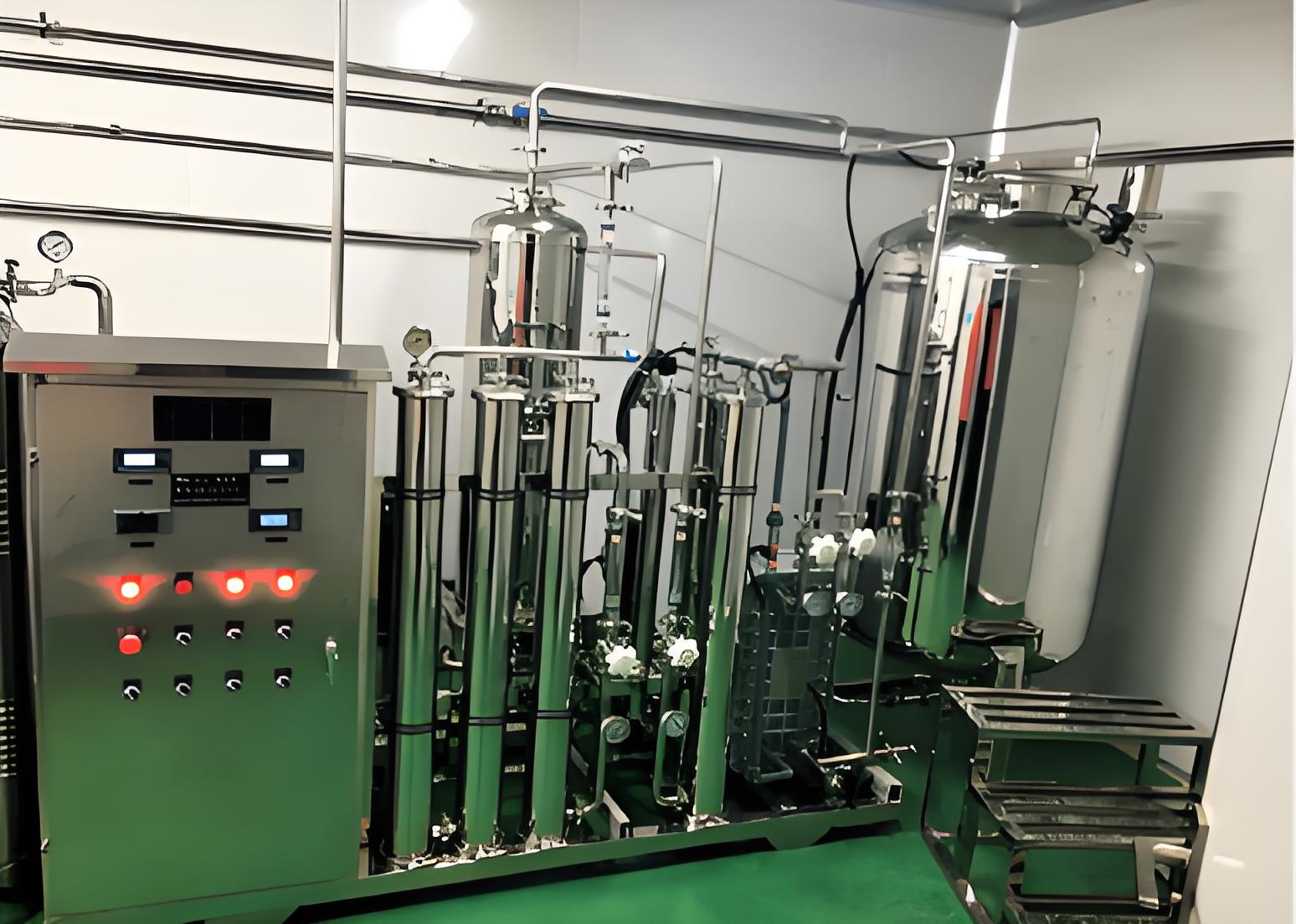
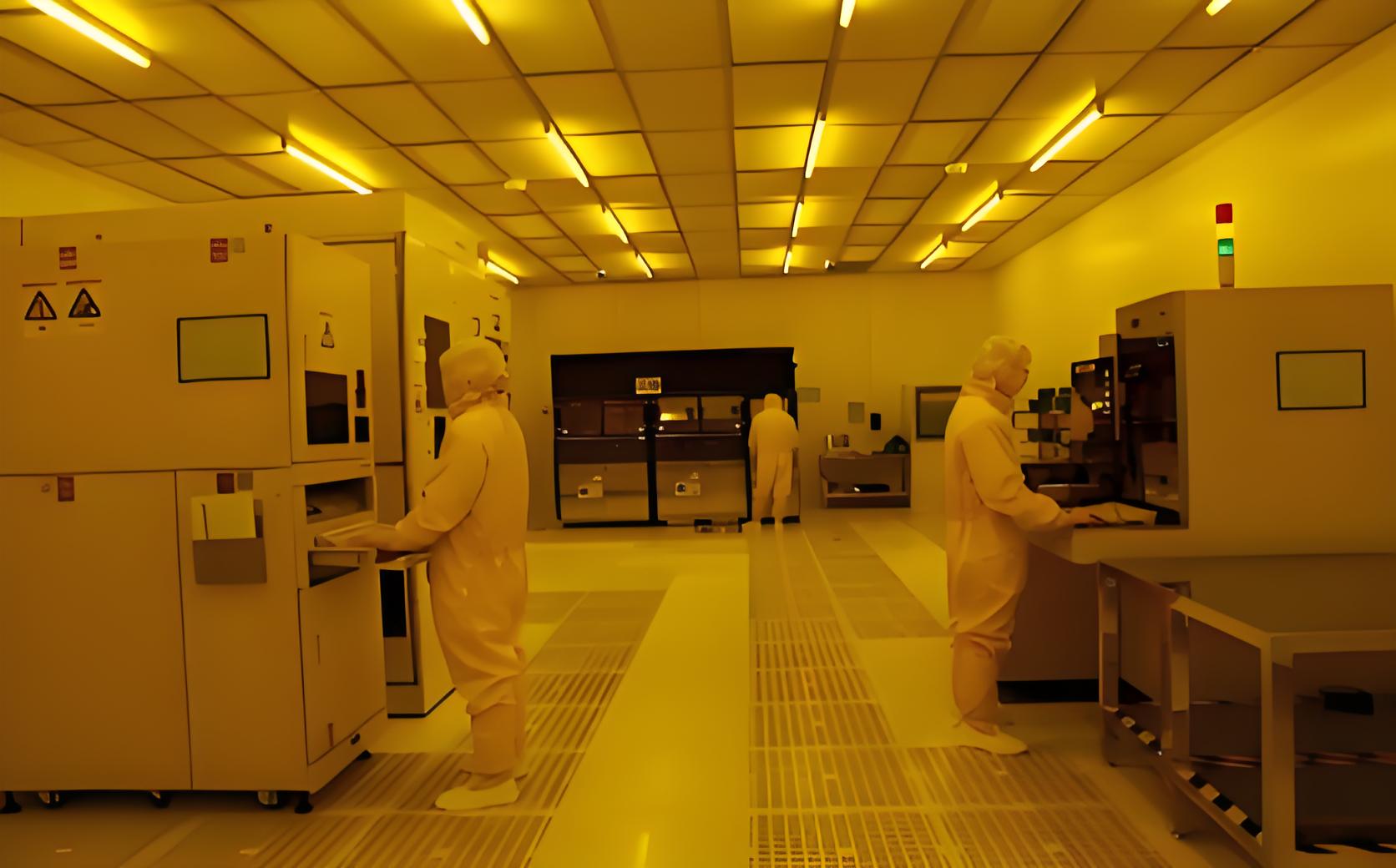

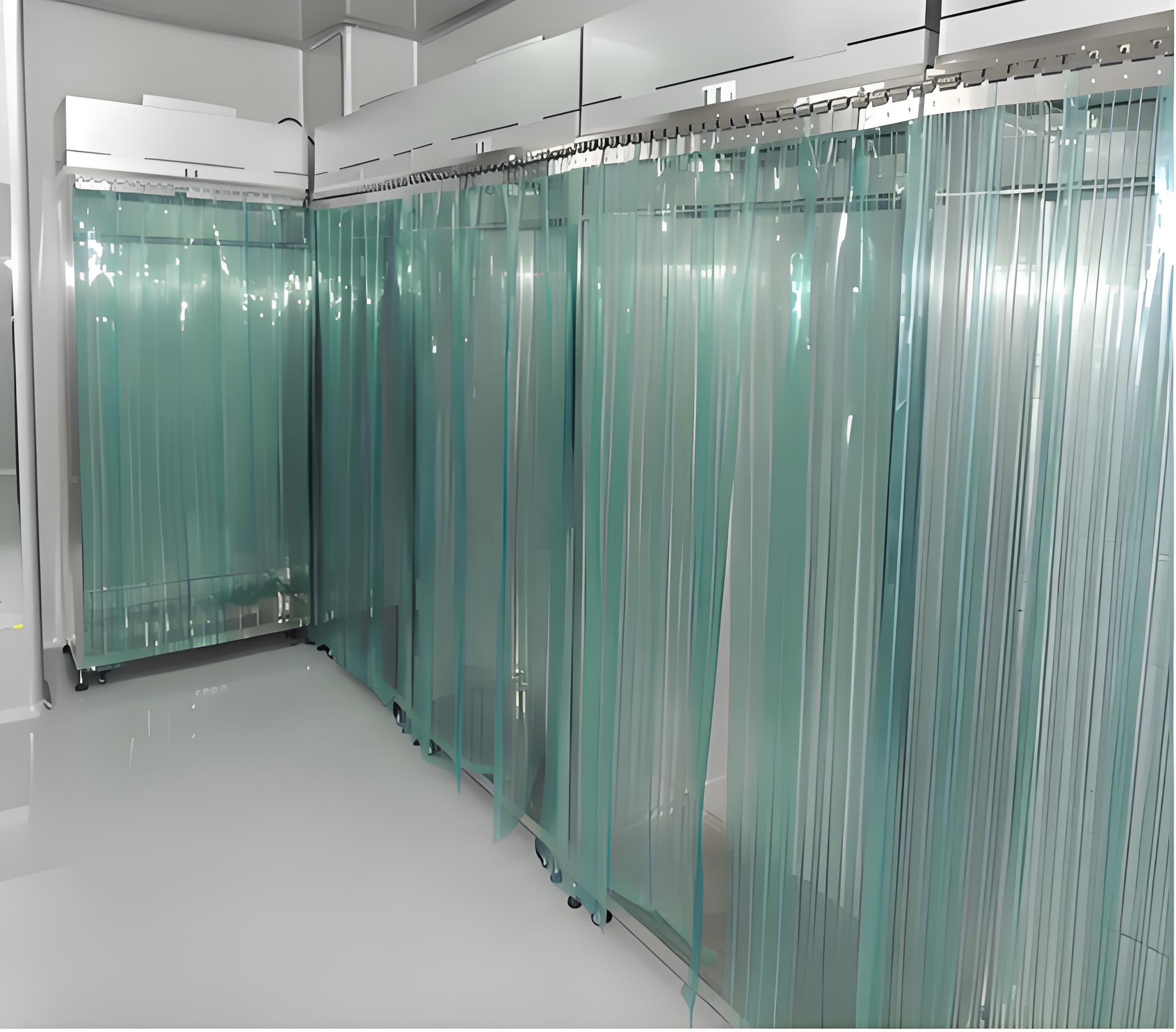
In today's precision-driven industries, from pharmaceuticals to microelectronics, the environment in which products are researched, developed, and manufactured is as critical as the processes themselves. A cleanroom is no longer a luxury; it's a fundamental necessity for ensuring quality, safety, and compliance. However, not all cleanrooms are created equal. The decision to invest in a cleanroom is significant, and navigating the options—from standard modular units to fully custom cleanroom solutions—can be complex. This comprehensive guide, brought to you by the experts at TAI JIE ER, will demystify the process and help you make an informed choice for your specific application.
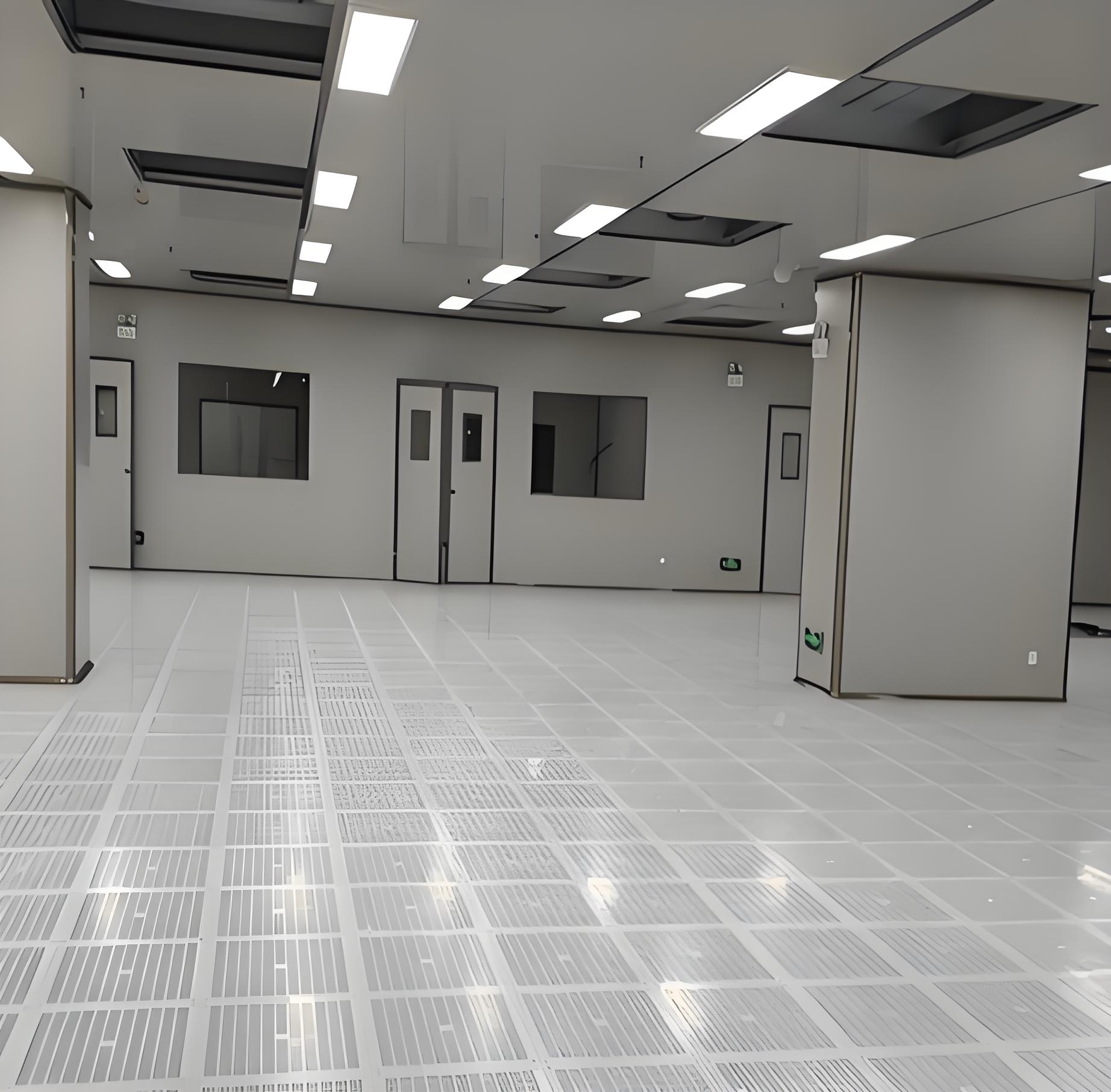
At its core, a cleanroom is a controlled environment designed to minimize the introduction, generation, and retention of airborne particles. Contaminants like dust, airborne microbes, aerosol particles, and chemical vapors are filtered out, while environmental parameters such as temperature, humidity, and pressure are precisely regulated.
The necessity of a cleanroom is defined by the International Organization for Standardization (ISO) through ISO 14644-1. This standard classifies cleanrooms based on the number and size of particles permitted per volume of air. For instance, an ISO Class 5 cleanroom allows no more than 3,520 particles of 0.5 microns per cubic meter, which is essential for sterile pharmaceutical compounding or high-precision nanotechnology work. Failure to maintain these standards can lead to product recalls, compromised research integrity, and catastrophic financial losses.
Understanding ISO classes is the first step in specifying your cleanroom requirements.
ISO Class 1-5: These are the most stringent environments, typically used for semiconductor manufacturing, integrated circuits, and critical biomedical research. They require sophisticated, multi-stage filtration systems like HEPA or ULPA filters and often involve strict gowning procedures.
ISO Class 6-8: This is the most common range for industries such as medical device manufacturing, pharmaceuticals, and aerospace. A standard modular cleanroom can often achieve these classifications effectively.
ISO Class 9: This is a basic controlled environment, often serving as a buffer zone or for less critical manufacturing processes.
Selecting the correct classification is a balance between regulatory requirements and operational budget, as higher classifications demand exponentially greater investment in construction and ongoing operational costs.
The application of cleanroom technology is vast and growing.
Pharmaceutical & Biotechnology: For aseptic filling, sterile product manufacturing, and research involving cell cultures.
Medical Devices: The production of implants, surgical tools, and diagnostic equipment must be free of contaminants.
Microelectronics & Semiconductors: Even a single microscopic particle can ruin a sophisticated microchip.
Aerospace: Manufacturing sensitive components like gyroscopes and navigation systems.
Healthcare: Hospital compounding pharmacies use cleanrooms to prepare sterile medications.
For each of these sectors, a custom cleanroom design is often required to address unique process flows, equipment footprints, and regulatory mandates.
This is the central crossroads for any project. A standard modular cleanroom is a pre-engineered solution, ideal for applications with common requirements. It's faster to deploy and generally more cost-effective.
However, when your processes are unique, space is constrained, or integration with existing infrastructure is complex, a custom cleanroom is the only viable path. TAI JIE ER specializes in designing and building custom cleanroom solutions that are tailored to the exact needs of your operation. This involves:
Unique Layout and Dimensions: Designing a facility that fits a specific, often irregular, space.
Specialized Material Flow: Incorporating pass-through chambers, airlocks, and dedicated pathways for personnel and materials to prevent cross-contamination.
Integration of Heavy or Unique Equipment: Designing structural support and utility connections for specific machinery.
Advanced Environmental Controls: Implementing specialized systems for humidity, temperature, or static control beyond standard requirements.
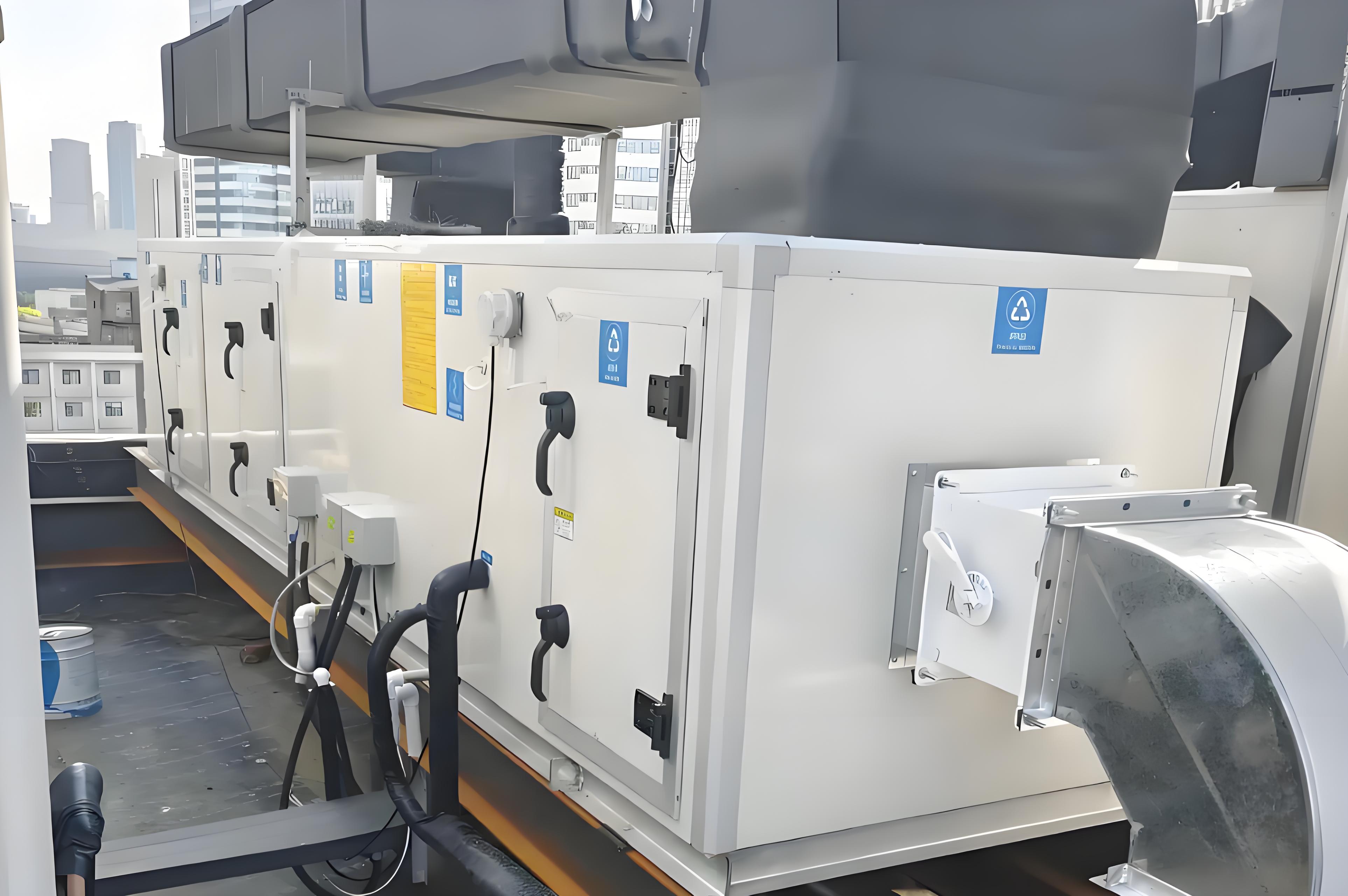
A reliable cleanroom is a system of integrated components, each playing a vital role.
Air Filtration System (HEPA/ULPA Filters): The lungs of the cleanroom, removing particulate matter from the air with exceptional efficiency.
HVAC System: Provides the necessary air changes per hour (ACH) to maintain cleanliness and controls temperature and humidity.
Room Construction & Materials: Walls, ceilings, and floors are typically made of smooth, non-shedding, and easy-to-clean materials like painted steel, aluminum, or vinyl.
Pressure Differential Control: Maintaining a higher pressure inside the cleanroom (positive pressure) to prevent unfiltered air from entering, or negative pressure to contain hazardous materials.
Monitoring and Control Systems: Continuous real-time monitoring of particle counts, pressure, temperature, and humidity is essential for validation and compliance.
The investment in a cleanroom is multifaceted. Key cost drivers include:
ISO Classification: A higher standard (e.g., ISO 5 vs. ISO 8) dramatically increases cost.
Size and Scale: The total square footage is a primary factor.
Level of Customization: A custom cleanroom design requires more engineering and specialized materials.
Materials of Construction: The choice between fiberglass panels, stainless steel, or other materials impacts both initial and long-term maintenance costs.
Mechanical Systems: The capacity and complexity of the HVAC and filtration systems.
Integration and Validation: Costs associated with installation, certification, and ongoing performance testing.
When seeking a cleanroom supplier, it's crucial to choose one like TAI JIE ER that provides transparent pricing and a detailed breakdown of these factors.
Selecting a vendor is more than just comparing prices; it's about choosing a long-term partner. Look for a cleanroom supplier with:
Proven Experience: A strong portfolio in your specific industry.
Technical Expertise: In-house engineering capability for custom cleanroom design.
Quality Certifications: Compliance with international quality and safety standards.
Comprehensive Services: The ability to handle everything from design and build to validation and maintenance.
Strong References: Testimonials from previous clients.
TAI JIE ER has built its reputation on being a trusted partner, delivering turnkey cleanroom solutions that are engineered for performance, reliability, and compliance. Our team works closely with you to ensure your custom cleanroom is not just a facility, but a strategic asset.
Investing in a cleanroom is a critical step toward achieving unparalleled quality and innovation. Whether you need a standard modular cleanroom or a highly specialized custom cleanroom environment, understanding the fundamentals outlined in this guide will empower you to make the right decision. By partnering with an experienced and reliable provider like TAI JIE ER, you can ensure your facility meets the highest standards of international clean engineering, driving your business forward in a contaminant-free world.
Q1: What is the typical lead time for a custom cleanroom installation from TAI JIE ER?
A1: The lead time for a custom cleanroom can vary significantly based on the project's complexity, size, and level of customization. A standard modular cleanroom might be completed in 8-12 weeks, while a large, highly complex custom cleanroom facility could take 6 months or more. TAI JIE ER provides a detailed project timeline after the initial consultation and design phase.
Q2: How often do HEPA filters in a cleanroom need to be replaced?
A2: There is no one-size-fits-all answer. The lifespan of a HEPA filter depends on the ISO class of the cleanroom, the ambient air quality, and the operational hours. Typically, they can last from 5 to 10 years. However, regular integrity testing (every 6-12 months) is mandatory to ensure they are functioning correctly, and replacement is based on performance, not a fixed schedule.
Q3: Can an existing room be converted into a cleanroom?
A3: Yes, absolutely. TAI JIE ER frequently undertakes retrofit projects where we transform existing warehouse or laboratory spaces into fully compliant cleanroom environments. This process involves assessing the structural integrity, installing new wall and ceiling systems, integrating the appropriate HVAC and filtration systems, and ensuring all cleanroom protocols can be met.
Q4: What is the single biggest factor in maintaining cleanroom compliance?
A4: While the physical infrastructure is crucial, the most dynamic and challenging factor is human personnel. Strict adherence to gowning procedures, meticulous personal hygiene, and comprehensive training on cleanroom protocols are paramount. Even the best-designed cleanroom can be compromised by poor personnel practices.
Q5: Beyond initial construction, what ongoing support does TAI JIE ER offer?
A5: TAI JIE ER believes in a lifelong partnership. Our support extends far beyond installation. We offer comprehensive maintenance contracts, annual certification and validation services, performance testing, and 24/7 technical support to ensure your cleanroom operates at peak efficiency throughout its entire lifecycle, protecting your critical investment.
